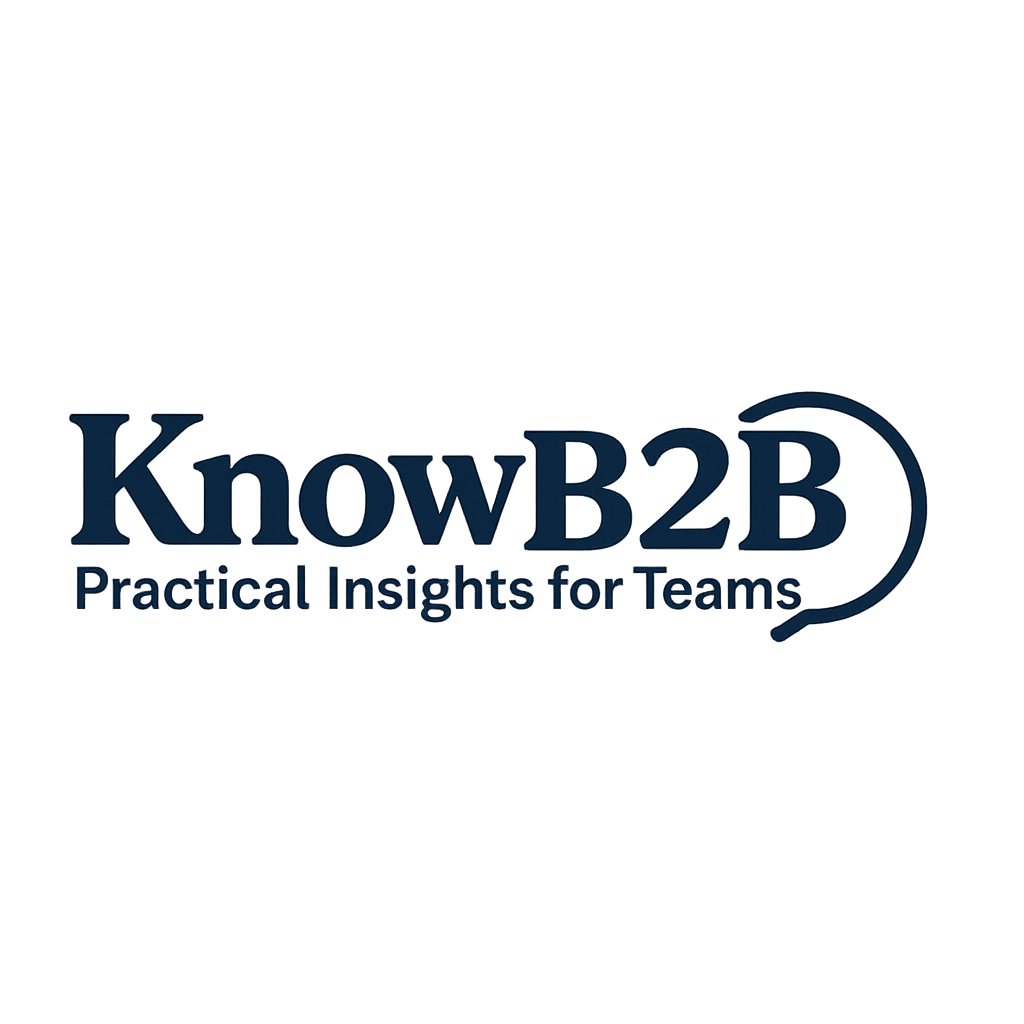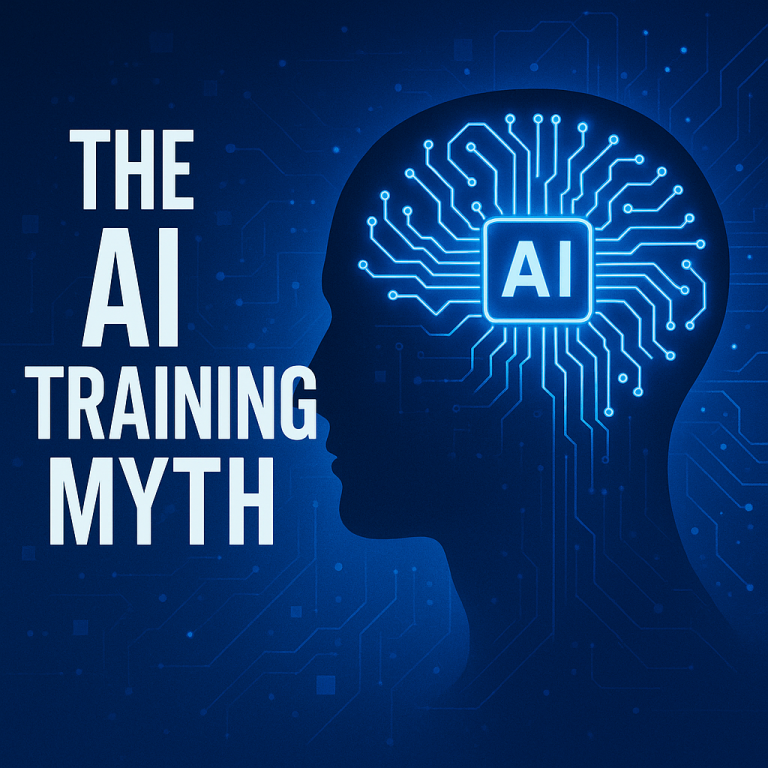Managing payroll efficiently is critical to any organization’s success. Errors in this area can lead to serious consequences such as:
- Violations of tax regulations and legal penalties
- Delayed or inaccurate salary payments that affect employee trust
- Time-consuming and costly corrections
Despite these risks, many companies still rely on Excel spreadsheets and manual input for payroll processing. It’s time to consider smarter alternatives.
1. Human Error: A Hidden Risk in Payroll
Employees are your most valuable assets, and managing their compensation requires precision. Yet when using spreadsheets, even the smallest data-entry mistake can ripple through the entire payroll cycle.
For example, a misplaced decimal in a salary cell can affect deductions, taxes, and total payouts. Excel’s manual nature makes it vulnerable to such issues.
Why it matters:
Payroll software reduces human error by automating data entry and calculations. It follows defined logic, doesn’t tire or lose focus, and eliminates the need for repetitive tasks prone to mistakes.
2. Data Security: Protecting Sensitive Employee Information
Payroll teams handle highly confidential data — from bank details to home addresses. Excel files, even when password-protected, lack robust protection against data breaches or unauthorized access.
With payroll management software, you benefit from:
- Regular security patches and updates
- Encrypted data storage
- Secure cloud infrastructure with multi-layer access control
This ensures your organization meets modern security standards and protects employee privacy.
3. Consistency Across Teams and Locations
If your HR team operates across regions or departments, using separate spreadsheets can create inconsistencies and errors.
Solution:
A unified payroll system standardizes processes, ensuring that all team members follow the same workflow. This leads to better coordination, transparency, and trust in the payroll function.
4. Time Efficiency and Productivity
Manual payroll processing is not only error-prone but also extremely time-consuming. It drains resources and limits HR professionals from focusing on higher-value work.
Automated payroll systems offer:
- Faster data entry and report generation
- Real-time updates and integrations with attendance or performance tools
- Time savings that can be redirected to employee engagement and strategic planning
5. Compliance Made Easier
Excel offers no built-in safeguards or compliance guidance. All responsibility falls on your team’s manual judgment, which can be risky — especially with frequent tax regulation changes.
Payroll software, on the other hand:
- Automatically applies local tax laws
- Adjusts deductions based on salary fluctuations and work locations
- Minimizes legal exposure through built-in compliance checks
Non-compliance could lead to hefty fines or reputational damage — risks no company should take lightly.
Final Thoughts: Make the Shift to Smarter Payroll
Outdated methods like spreadsheets can no longer meet the demands of modern payroll. By switching to dedicated payroll management software, businesses can improve accuracy, security, speed, and compliance — while empowering HR teams to deliver more value.


